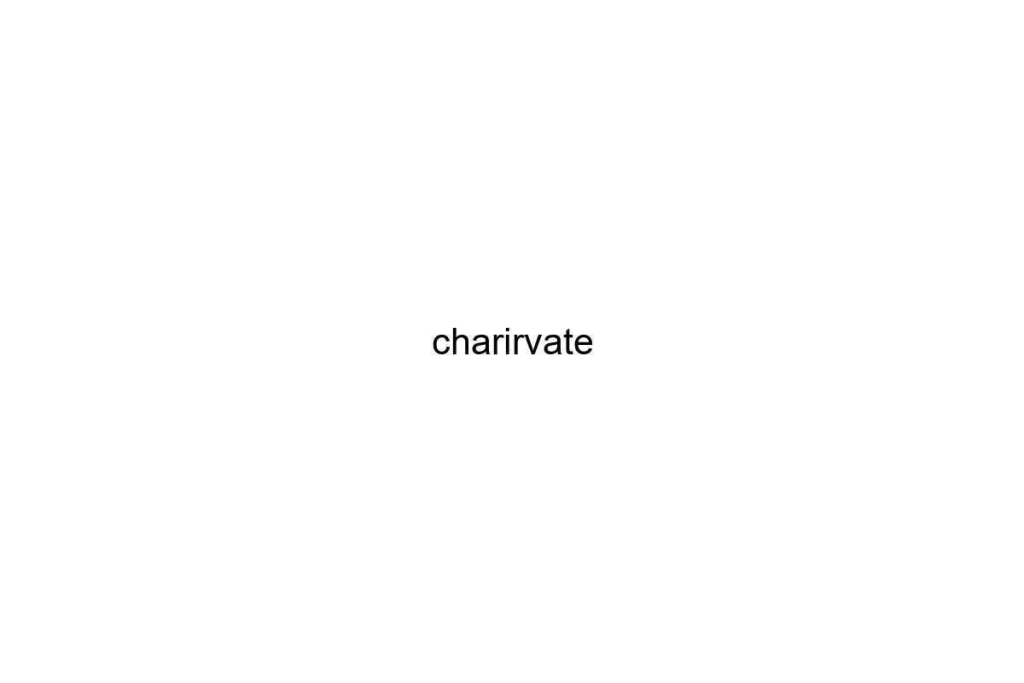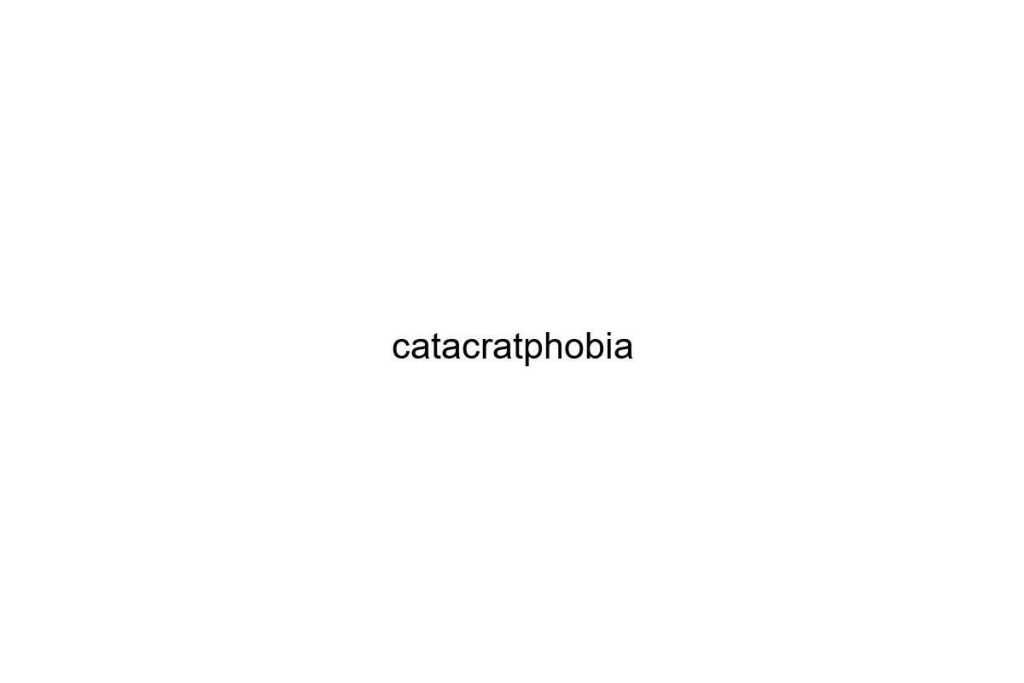Cholerhiasis, commonly known as gallstones, is a condition that affects millions of people worldwide. These hardened deposits can form in the gallbladder and lead to a range of uncomfortable symptoms. I’ve seen firsthand how gallstones can disrupt daily life, causing pain and digestive issues that many struggle to manage.
Understanding Cholerhiasis is crucial, not just for those diagnosed but for anyone looking to maintain a healthy lifestyle. From recognizing the risk factors to exploring treatment options, knowledge is power when it comes to this common yet often overlooked condition. Let’s dive into the details and uncover what you need to know about gallstones and how they can impact your health.
What Is Cholerhiasis?
Cholerhiasis, or gallstones, refers to the formation of solid masses in the gallbladder. These stones can vary in size, from tiny grains to larger, more problematic formations. Cholerhiasis primarily occurs due to imbalances in the components of bile, leading to either cholesterol or pigment stones. Cholesterol stones, which make up around 80% of gallstones, develop when there’s excess cholesterol in the bile. Pigment stones, darker and smaller, arise from bilirubin production linked to conditions such as liver cirrhosis.
Symptoms of cholerhiasis can include abdominal pain, particularly in the upper right quadrant, nausea, and digestive disturbances. Complications may arise if gallstones block the bile ducts, leading to acute cholecystitis or pancreatitis. Diagnosis typically involves imaging tests such as ultrasound or CT scans that reveal the presence of stones within the gallbladder.
Understanding cholerhiasis and its implications enhances awareness for individuals at risk. Risk factors include obesity, rapid weight loss, diabetes, and certain dietary choices. Recognizing these factors can assist in managing and preventing the development of gallstones, thus promoting better health outcomes.
Causes and Risk Factors
Several factors contribute to the development of Cholerhiasis, including genetic predispositions and dietary influences. Understanding these elements is crucial for effective management and prevention.
Genetic Predispositions
Genetic predisposition plays a significant role in the likelihood of developing gallstones. Family history often indicates a higher risk, with studies showing that individuals with relatives suffering from gallstones are more likely to experience similar issues. Specific genes, such as those involved in cholesterol metabolism and bile composition, can also increase susceptibility. Genetic factors may account for up to 25% of gallstone cases, highlighting the importance of personal and family health histories in assessing risk.
Dietary Influences
Dietary choices significantly influence the risk of Cholerhiasis. High-fat, high-cholesterol diets raise cholesterol levels in bile, leading to stone formation. Furthermore, low-fiber diets contribute to reduced bile salt levels, increasing the chance of gallstones. Consuming refined carbohydrates and sugars also correlates with a higher incidence of gallstones. Conversely, diets rich in fruits, vegetables, whole grains, and healthy fats lower risk. Prioritizing a balanced diet can help mitigate the likelihood of developing gallstones and promote overall digestive health.
Symptoms of Cholerhiasis
Cholerhiasis presents a range of symptoms that can vary in intensity. Understanding these symptoms aids in timely recognition and management.
Common Symptoms
- Abdominal pain: Typically manifests in the upper right abdomen, often following meals high in fat. Discomfort may be sharp or cramping.
- Nausea and vomiting: Frequently accompany abdominal pain, particularly after eating fatty foods.
- Indigestion: Includes bloating, gas, and a feeling of fullness, which can hinder normal eating patterns.
- Back pain: Pain may radiate to the back, particularly between the shoulder blades.
- Jaundice: Yellowing of the skin and eyes can occur if a gallstone blocks the bile duct.
Severe Symptoms
- Intense abdominal pain: Sudden, severe pain, often referred to as a gallbladder attack, may last for several minutes to hours.
- Fever and chills: These symptoms may indicate an infection from a blocked bile duct and require immediate medical attention.
- Persistent jaundice: Worsening yellowing of the skin and eyes may suggest significant bile duct obstruction.
- Clay-colored stools: Light-colored stools indicate a lack of bile reaching the intestines, signaling a serious condition.
- Dark urine: This symptom suggests excess bilirubin in the bloodstream due to potential bile duct issues.
Recognizing these symptoms can lead to prompt diagnosis and treatment, minimizing complications associated with Cholerhiasis.
Diagnosis and Treatment Options
Diagnosing Cholerhiasis requires a combination of imaging tests and clinical assessment. Treatment options vary based on the severity of symptoms and complications.
Diagnostic Procedures
- Ultrasound: Ultrasound is the first-line diagnostic tool for detecting gallstones. It uses sound waves to create images of the gallbladder, allowing visualization of stones, their size, and their location.
- CT Scan: A CT scan provides cross-sectional images of the abdomen, offering a detailed view of the gallbladder and surrounding structures. It can identify complications such as biliary obstruction or inflammation.
- MRI: Magnetic Resonance Imaging (MRI) may be used to evaluate the biliary tree for stones that are difficult to detect with ultrasound or CT. It offers high-resolution images without radiation exposure.
- Cholescintigraphy (HIDA scan): This technique evaluates gallbladder function by injecting a radioactive tracer. It helps to assess the gallbladder’s ability to concentrate and excrete bile.
- Endoscopic Retrograde Cholangiopancreatography (ERCP): This procedure combines endoscopy and fluoroscopy to diagnose and treat conditions affecting the bile ducts. It’s useful for removing stones lodged in the bile duct.
Treatment Approaches
- Watchful Waiting: For asymptomatic gallstones, monitoring may be appropriate. Regular check-ups can detect any changes, allowing for timely intervention if necessary.
- Medications: Non-surgical options such as ursodeoxycholic acid can dissolve cholesterol stones. This approach takes time and is effective primarily for small stones, though symptoms may recur.
- Cholecystectomy: Surgical removal of the gallbladder remains the most common treatment for symptomatic gallstones. Laparoscopic cholecystectomy, a minimally invasive technique, typically results in quicker recovery and less postoperative pain.
- Endoscopic Procedures: For patients unable to undergo surgery, endoscopic approaches such as ERCP can manage biliary blockages and remove stones from the bile ducts.
- Lifestyle Modifications: Implementing dietary changes can aid in gallstone prevention post-treatment. A diet low in saturated fats and high in fiber—comprising fruits, vegetables, and whole grains—promotes overall digestive health.
Preventive Measures
I recommend several preventive measures to reduce the risk of Cholerhiasis.
- Healthy Diet Choices: I focus on a balanced diet rich in fruits, vegetables, whole grains, and healthy fats. These foods provide essential nutrients and fiber, which help maintain optimal bile composition.
- Limit Saturated Fats: I limit saturated fat intake to less than 10% of total daily calories. High saturated fat consumption can increase cholesterol levels in bile, raising the risk of stone formation.
- Increase Fiber Intake: I aim for at least 25 to 30 grams of fiber daily. Fiber-rich foods like oats, legumes, and vegetables help promote healthy digestion and reduce gallstone risk.
- Stay Hydrated: I drink sufficient water daily to ensure proper bile production and flow. Adequate hydration supports overall digestive health and aids in preventing stone formation.
- Maintain a Healthy Weight: I manage my weight through regular physical activity and balanced nutrition. Being overweight increases the likelihood of gallstones, so I strive for a healthy weight through exercise and mindful eating.
- Regular Physical Activity: I engage in moderate exercise for at least 150 minutes per week. Activities like walking, swimming, or cycling can help maintain healthy bile function and reduce the risk of gallstones.
- Monitor Cholesterol Levels: I keep track of my cholesterol levels. High cholesterol increases gallstone risk, so I consult my healthcare provider for regular check-ups and guidance.
- Avoid Rapid Weight Loss: I avoid extreme dieting or fast weight loss methods. Losing weight slowly, at about 1 to 2 pounds per week, helps prevent bile imbalance and gallstone development.
By integrating these preventive measures into my lifestyle, I can significantly lower the risk of developing Cholerhiasis and support better digestive health.
Conclusion
Understanding Cholerhiasis is vital for anyone looking to maintain optimal digestive health. By recognizing the risk factors and symptoms associated with gallstones, I can take proactive steps to manage my health. Making informed dietary choices and adopting a balanced lifestyle can significantly reduce the risk of developing gallstones.
If I experience any symptoms related to gallstones, seeking prompt medical advice is crucial. Whether through lifestyle changes or medical intervention, addressing gallstones early can lead to better health outcomes. Staying informed and proactive empowers me to take charge of my digestive health and overall well-being.
Frequently Asked Questions
What are Cholerhiasis and gallstones?
Cholerhiasis, commonly known as gallstones, refers to the formation of solid masses in the gallbladder. These stones can be made mainly of cholesterol or bilirubin and may cause digestive issues and discomfort.
What causes gallstones to form?
Gallstones form due to imbalances in bile components, often linked to high cholesterol levels or excess bilirubin production. Genetic factors and dietary choices also play significant roles in their development.
What are the common symptoms of gallstones?
Common symptoms of gallstones include abdominal pain, nausea, vomiting, indigestion, and back pain. Severe cases may lead to fever, chills, jaundice, or changes in stool and urine color.
How are gallstones diagnosed?
Gallstones are typically diagnosed using imaging tests such as ultrasound, CT scans, MRI, and HIDA scans. These procedures help visualize stones and assess any potential complications.
What treatment options are available for gallstones?
Treatment for gallstones includes watchful waiting for asymptomatic cases, medications to dissolve stones, and surgical options like cholecystectomy. Endoscopic procedures may also be used for managing blockages.
How can gallstone risk be reduced?
To lower the risk of gallstones, maintain a balanced diet rich in fruits, vegetables, and whole grains, limit saturated fats, increase fiber intake, stay hydrated, and engage in regular physical activity.
Are there any lifestyle changes that can prevent gallstones?
Yes, adopting a healthier lifestyle, such as maintaining a balanced diet, managing weight, and avoiding rapid weight loss, can significantly reduce the risk of developing gallstones.



